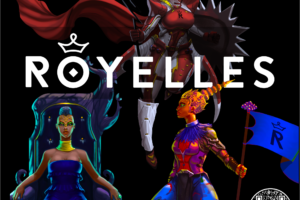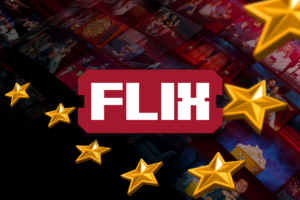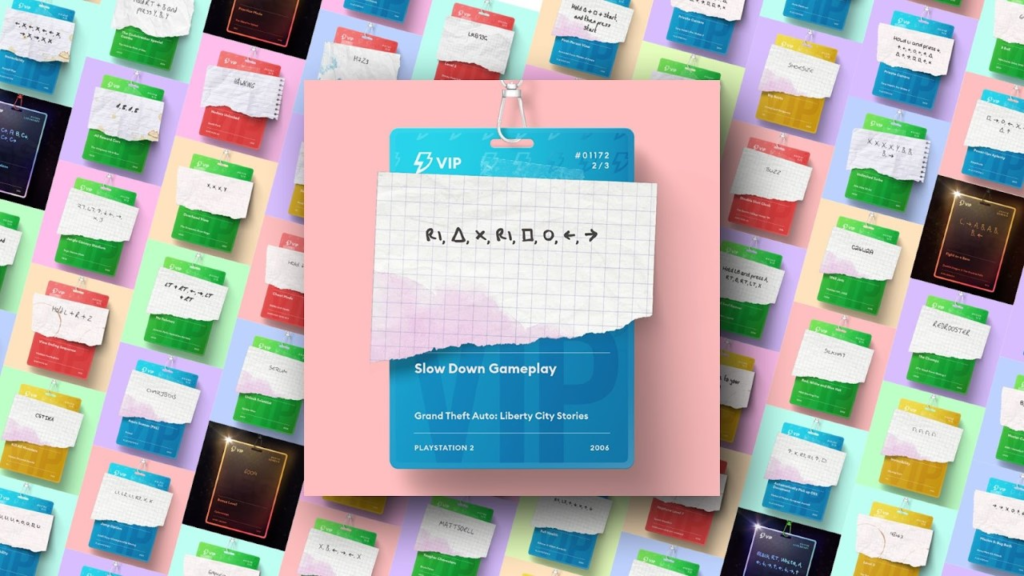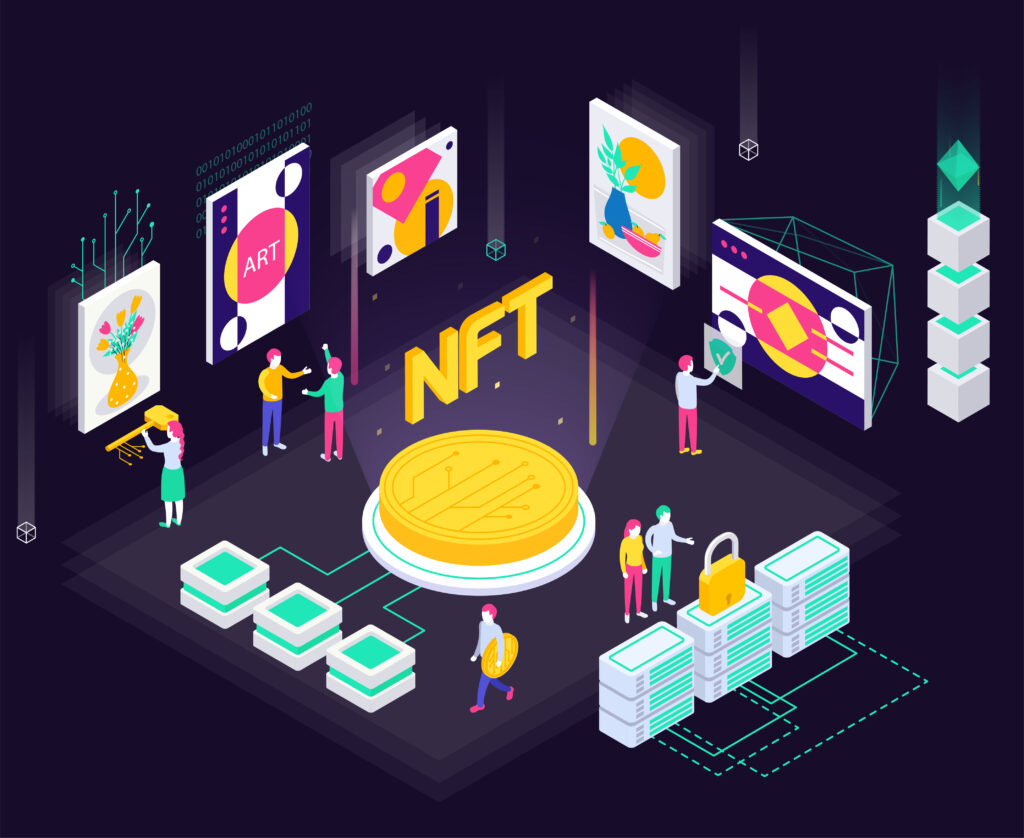
The headlines have been dominated by the crypto world of late. Mostly, the record highs and plummeting lows of Bitcoin’s value and hackers syphoning off money from major ICOs. All this negative press is enough to make investors nervous, but it isn’t all bad news. In fact, as Forbes releases its Fintech 50 list for 2018, nine of the companies are blockchain.
The Impact of Blockchain on the Financial Industry
Beyond the concerns about digital currency, whether Bitcoin’s real value has been inflated, and major banks banning purchase of it with their credit cards; blockchain has further implications for the financial industry. In fact, blockchain technology could be the answer to many an outdated and inefficient solution in the banking world, revolutionizing how financial transactions are recorded and carried out worldwide.
The fact that blockchain technology can trace specific transactions and provide transparency make them music to the ears of agencies like the IRS and FBI. Blockchain doesn’t just drive efficiency, it changes the whole manner in which trust is federated between buyer and seller, government agencies and countries.
By using smart contracts, blockchain digitalizes and automates the information, removing various counterparties that were previously involved in that process, effectively cutting out the middleman and creating greater transparency. Let’s take a look at some of the companies causing a stir in the blockchain community:
The Bitfury Group, Amsterdam
The Bitfury Group make hardware and software that allows for Bitcoin mining and security. They also provide software that supports blockchain in supply chains for government and insurance, specifically working with the government of Georgia to transfer land titles to the blockchain.
According to Valery Vavilov, CEO & Co-Founder and one of the richest men in cryptocurrency, “The internet allows us to digitize information and transfer it globally, but it lacked a solution to digitize and securely transfer assets. The Bitfury Group utilizes the technology of the Blockchain to allow companies to successfully digitize their assets and safely transact them over the internet – making the world safer, simpler and more efficient.”
Chainalysis, New York
It’s bad news for would-be crypto criminals with companies like Chainalysis gaining protagonism. With customers including the IRS, FBI and Drug Enforcement Administration, this newcomer to the Forbes Fintech 50 is allowing major institutions and law enforcement agencies to trace specific transactions. This could mean an end to money laundering and illicit transactions.
Claiming to “protect the junction between finance and the decentralized internet,” Chainalysis is the leading provider of anti-money laundering software for Bitcoin, with customers racking up over $15 billion worth of transactions on their platform.
Coinbase, San Francisco
Widely recognized as the easiest and most user-friendly platform to start your journey into the cryptocurrency world, most people have been introduced to Coinbase by now. Trading in Bitcoin, Ethereum and Litecoin, this trusted tool offers customers digital currency wallets, and has already racked up over 10 million users, registering more than $1 billion in revenue and over $50 billion in transactions. Its Co-Founder, Brian Armstrong, also made the Forbes list of the Richest People In Cryptocurrency.
Shapeshift, Zug, Switzerland
They say it’s all about location, location, location, and Shapshift’s headquarters in a country famous for its financial institutions is no accident. Claiming to be the “safest, fastest asset exchange on earth,” users can trade in up to 70 different cryptocurrencies, without even setting up an account or having a wallet. How very Swiss of them.
With a focus on privacy, Shapeshift does not accept fiat currencies and does not link to any bank accounts. The benefits of this were accidentally showcased not so long ago when the company was hacked into by a disgruntled employee. No crypto was lost at all, due to the fact that the company does not hold onto customer funds.
As the fintech industry begins to reach something close to maturity, it’s clear that blockchain is leading the charge in 2018. With an emphasis on transparency, security, and privacy for those who want to keep their financial transactions under wraps, there’s a blockchain company out there to tackle most financial woes.
















Amazing! Its actually amazing paragraph, I have got much
clear idea about from this article.
This page definitely has all the info I needed about this subject and didn’t know who to ask.
Great blog here! Also your web site loads up fast! What web host are
you using? Can I get your affiliate link to your host?
I wish my site loaded up as fast as yours lol
I do consider all the ideas you’ve presented on your
post. They are very convincing and can definitely work.
Nonetheless, the posts are very brief for novices.
May you please prolong them a little from subsequent time? Thanks for the post.
If you want to improve your experience simply keep visiting this
web page and be updated with the most up-to-date news posted here.